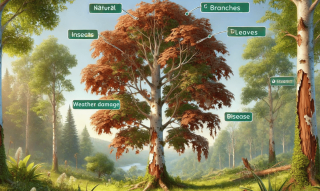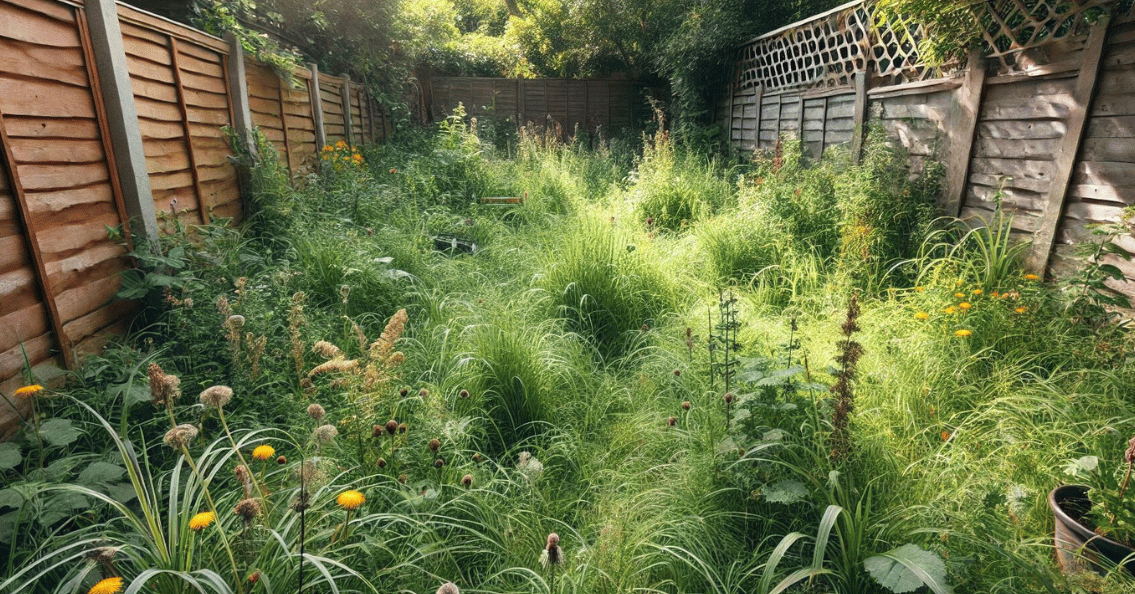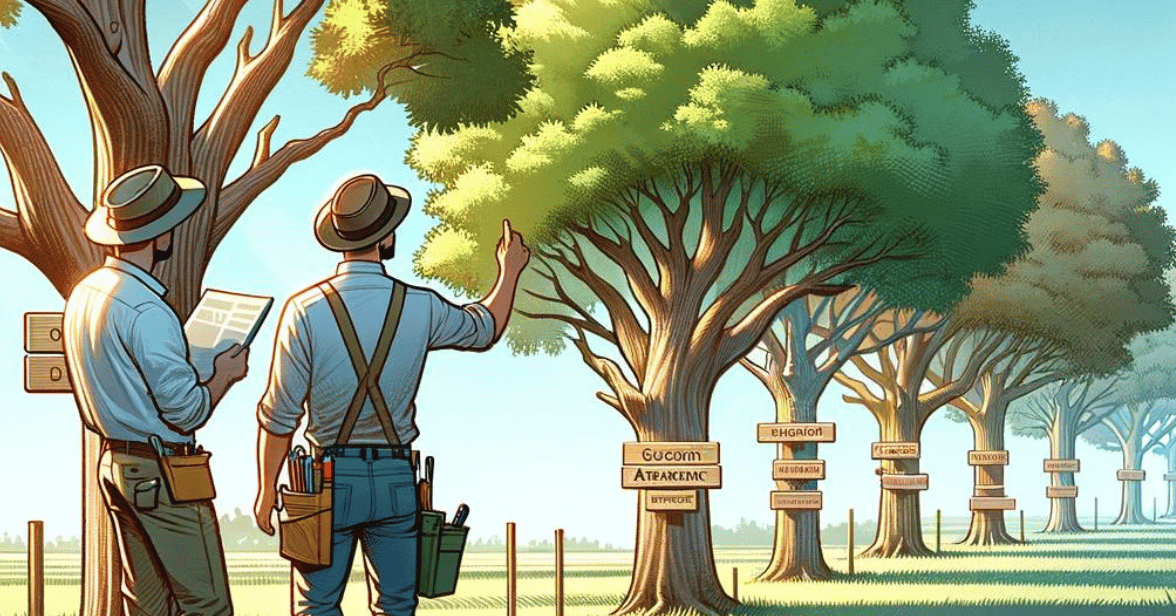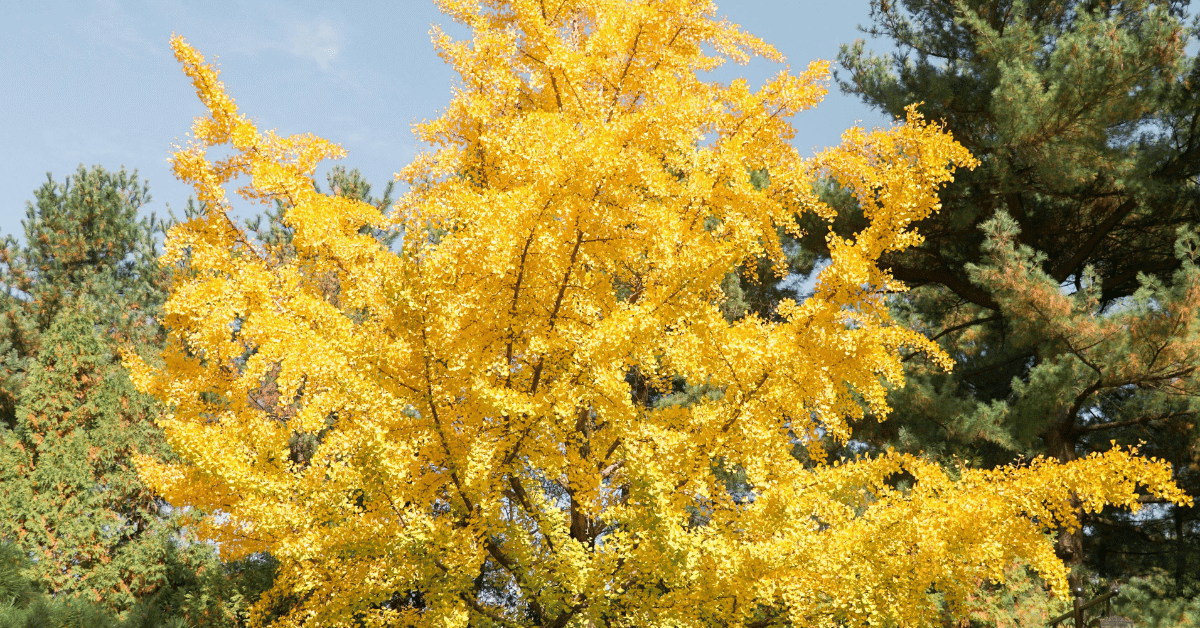Seeing the bark peeling off your beloved maple tree can be concerning. Maple trees are cherished for their majestic stature and vibrant foliage, making any signs of distress particularly noticeable. The peeling of bark can be attributed to several factors, including normal growth processes, environmental stress, diseases, and physical injuries. Here, we will explore these causes in detail and provide steps to help your tree recover.
Normal Shedding: A Natural Process
One of the primary reasons for bark peeling on a maple tree is the natural shedding process. As maple trees grow, they often shed their older bark to make room for new layers. This is a healthy and normal process that occurs in many tree species. The new bark underneath is typically smoother and can vary in color. If the underlying bark looks healthy and you do not observe any other symptoms of distress, this natural shedding is likely the cause.
Weather Stress: Environmental Challenges
Maple trees can also experience bark peeling due to environmental stresses such as extreme temperatures, drought, or excessive moisture. Sudden weather changes can cause the bark to crack and peel as the tree adjusts to these conditions. For instance, during periods of severe drought, trees might shed more bark than usual to conserve water and energy. Conversely, excessive moisture due to overwatering or heavy rainfall can lead to bark softening and peeling.
Disease: Pathogens and Pests
Diseases are another significant cause of bark peeling in maple trees. Fungal infections, such as canker diseases, attack the tree's bark, causing it to die and peel away. These diseases can spread quickly if not addressed, leading to further damage and the tree's death. In addition to fungal infections, pests like borers can also cause the bark to peel by burrowing into the tree and disrupting its vascular system.
Injury: Physical Harm
Physical injuries to the tree, such as those caused by lawn equipment or improper pruning, can lead to bark peeling. These injuries create openings in the bark, making it easier for pathogens to enter and cause further damage. It's essential to handle trees carefully and ensure that pruning is done correctly to avoid unnecessary harm.
Steps to Aid Recovery
If you notice bark peeling off your maple tree and suspect it might be due to damage or disease, here are some steps you can take to help your tree recover:
- Fertilize: Applying organic fertilizers and essential minerals can give your tree the nutrients it needs to overcome the damage. This support can promote healthier growth and aid in recovering affected areas.
- Clean the Wound: Use a sharp knife to trace around the wound's edges carefully if there is a visible wound or split in the bark. This technique, known as "tracing," should not exceed half to one inch back from the split bark. Proper tracing can help the tree heal more effectively by removing dead bark and promoting the growth of new, healthy bark.
- Avoid Tree Wrap: While wrapping the wounded area is tempting, it can trap moisture against the bark and promote decay. It's best to leave the wound exposed to air, facilitating natural healing.
Contact Strobert Tree Services for Expert Care
If you need clarification on the cause of bark peeling on your maple tree or professional assistance, please contact Strobert Tree Services. We provide expert tree care and maintenance services across Delaware, Pennsylvania, and New Jersey. Our team of certified arborists is equipped to handle everything from routine pruning to complex tree health assessments.
By understanding the reasons behind bark peeling and taking appropriate action, you can help ensure the health and longevity of your maple tree. Remember, timely intervention and proper care are vital to managing tree health—Trust Strobert Tree Services for reliable and effective tree care solutions.











